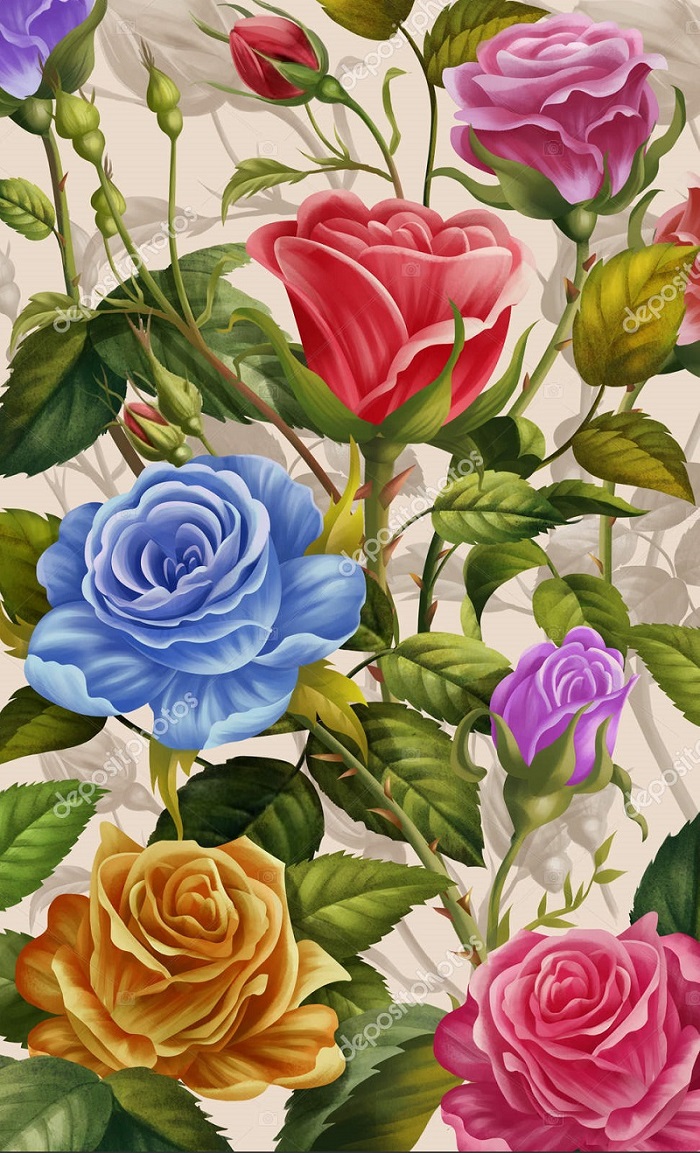FWP:
SETS
GAZE: {10,12}
JALVAH: {7,4}
SPRINGTIME: {13,2}
VEIL: {6,1}
Does the springtime veil the appearance, or make the appearance possible? On the former reading, the veil is there to thwart our curiosity and prevent us from seeing what is behind it; in this case the veil is a vexation and we try furiously to see what is behind it. But it's also possible that the veil is there for our protection, and that without it we'd be instantly blinded and dazzled, all our senses blasted. (Think of Hazrat Musa on Mount Tur.) Thus on this reading, only the veil makes it possible for the veiled one to appear before us at all. (And of course, the two readings are not mutually exclusive.)
The 'turmoil of spring' is itself a potent intoxicant (see
for example {152,2}), capable of driving people
half-mad with delight and desire. One could wish sometimes to interpose a
veil between oneself and that rush of intense emotion, when 'spring is springing'.
And the Reality for whom the full flowering, the commotion in the blood, the
whole rush of spring is only a 'veil', an interposition, a protection-- well,
we've been given some kind of notion how powerful that Reality must be. Which
is in fact the thought that the verse seems to express. The first line of
the verse, after all, either rejects out of hand (1a), or seriously questions
(1b), the ability of sight to see such a 'lightning of beauty' at all.

Nazm:
That is, that True Beloved for whom the manifestation of the physical world is a cloak-- how can sight behold Him? When the gaze falls, it will fall only on a veil; that is, the moment it looks, it will see only bodies. The turmoil of springtime is a metaphor for the manifestation of the world, and he has called it a veil because just as a veil covers a face, in the same way the spectacle of the physical world, according to the Sufis, prevents the gaze from reaching to the world of the divine. (163-64)
== Nazm page 163; Nazm page 164